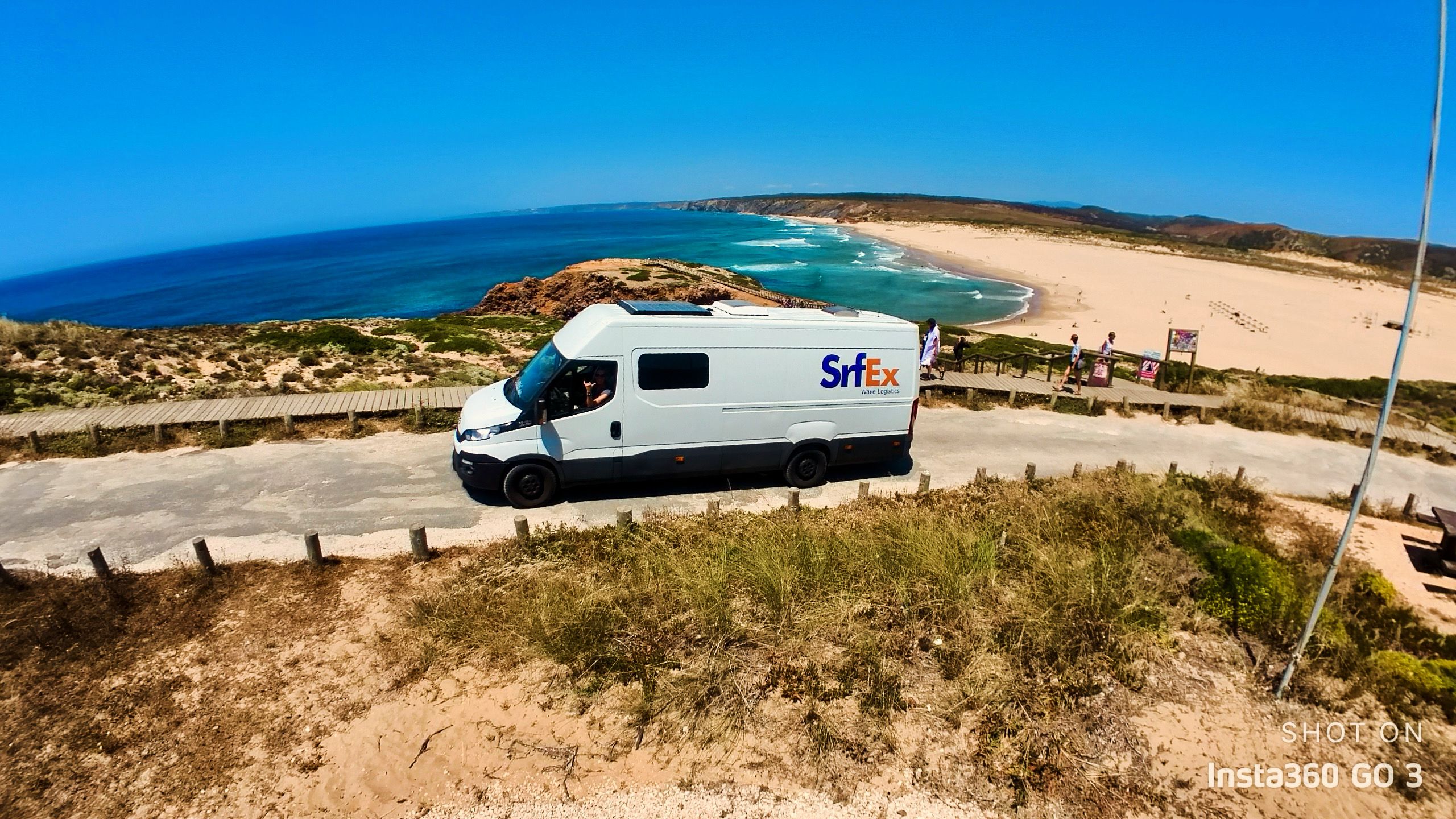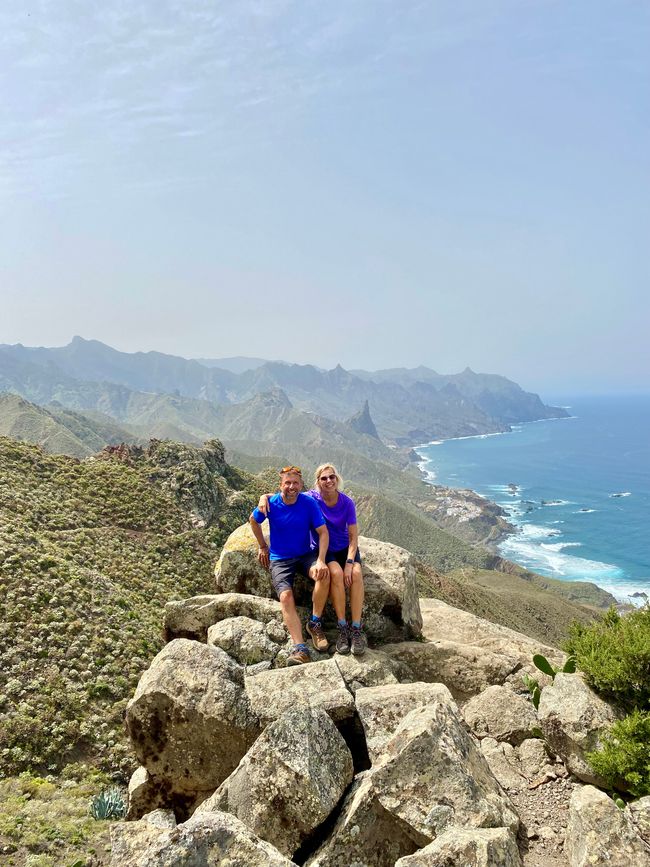
Coastal Nomads - Suzi, John & Betty
vakantio.de/coastal-nomads-suzi-john
Among Vultures - Along the Pyrenees from the Atlantic to the Mediterranean
Objavljeno: 22.09.2024



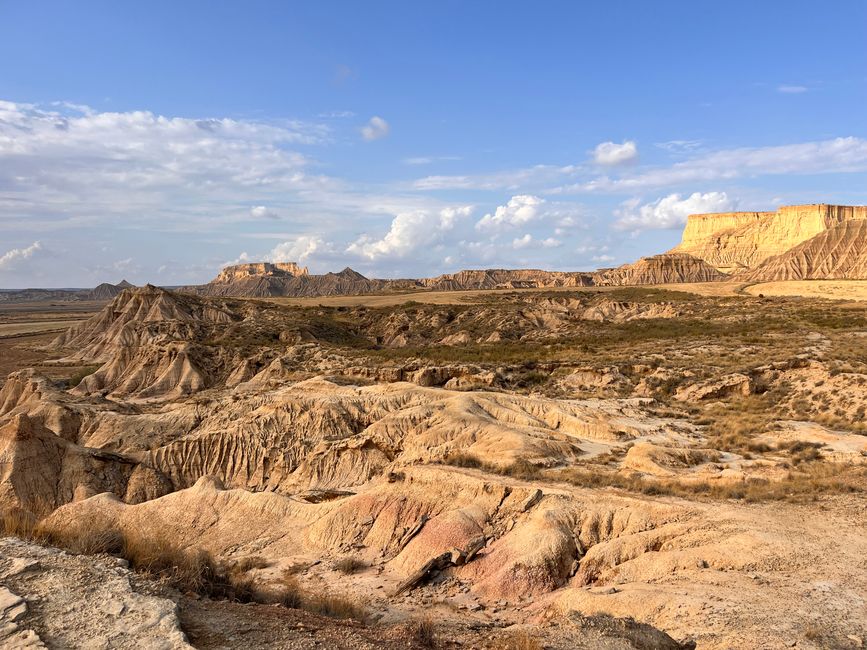
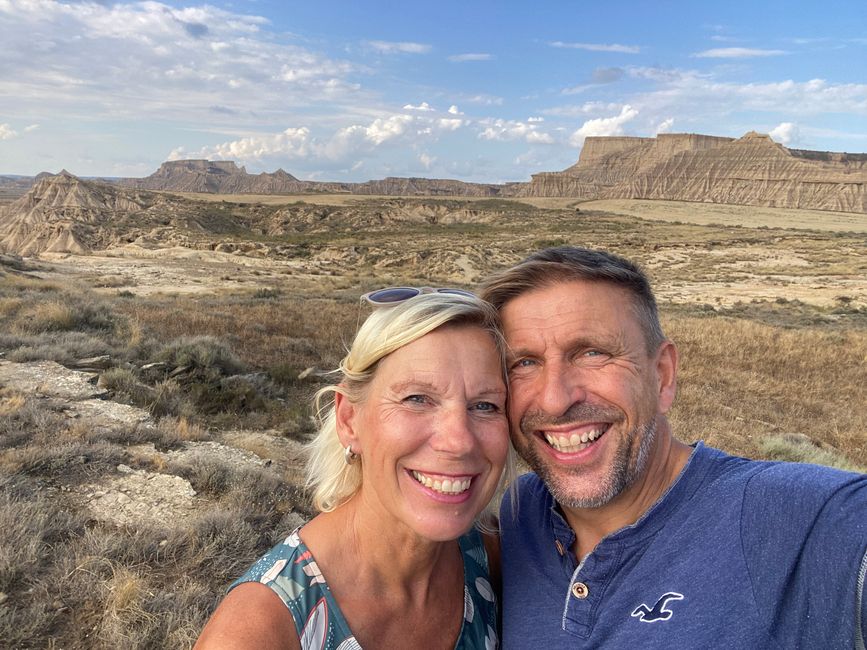
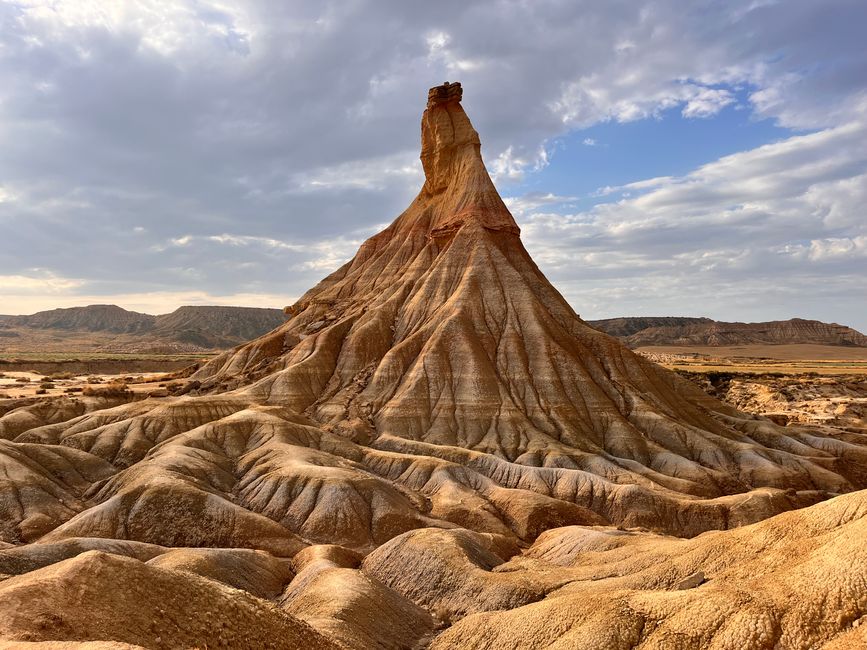
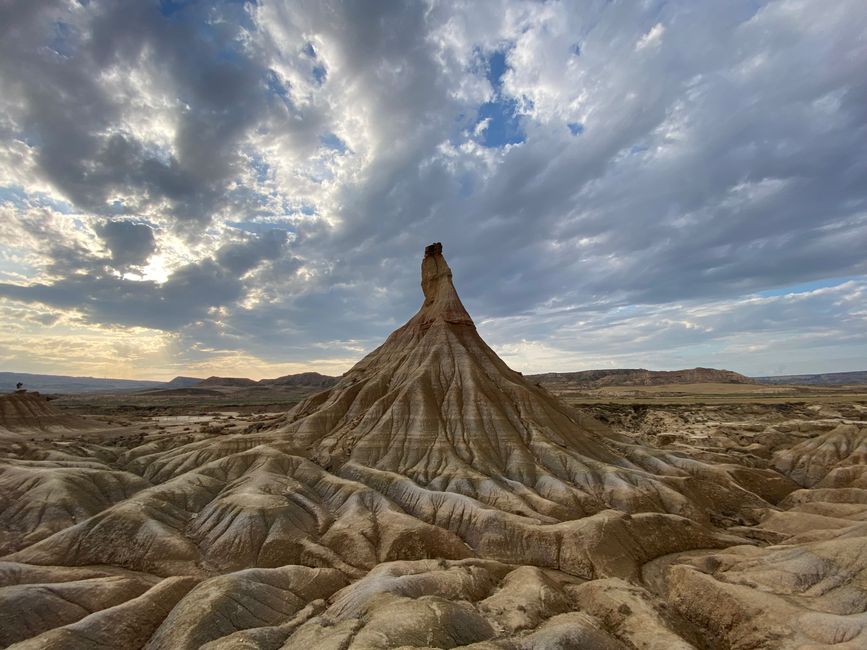

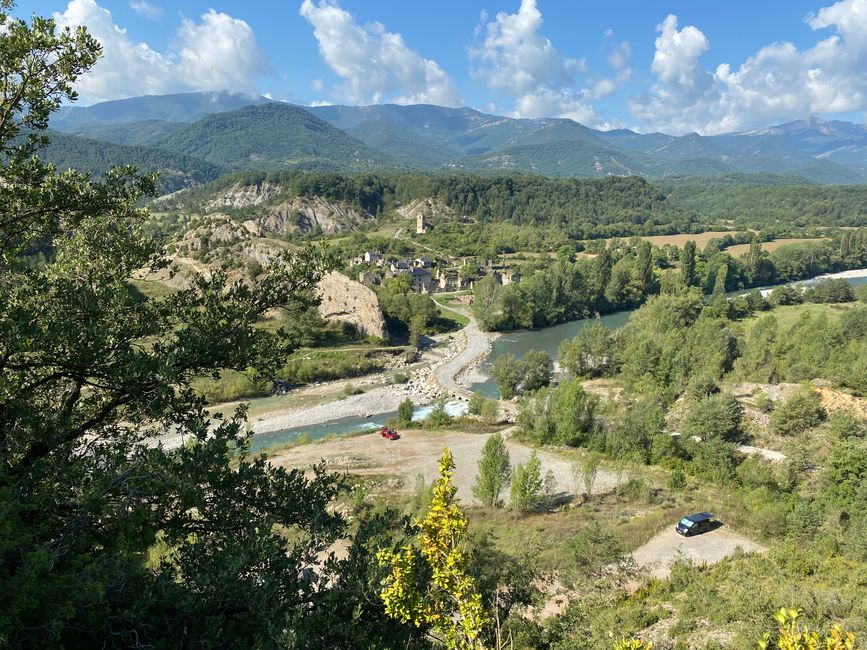

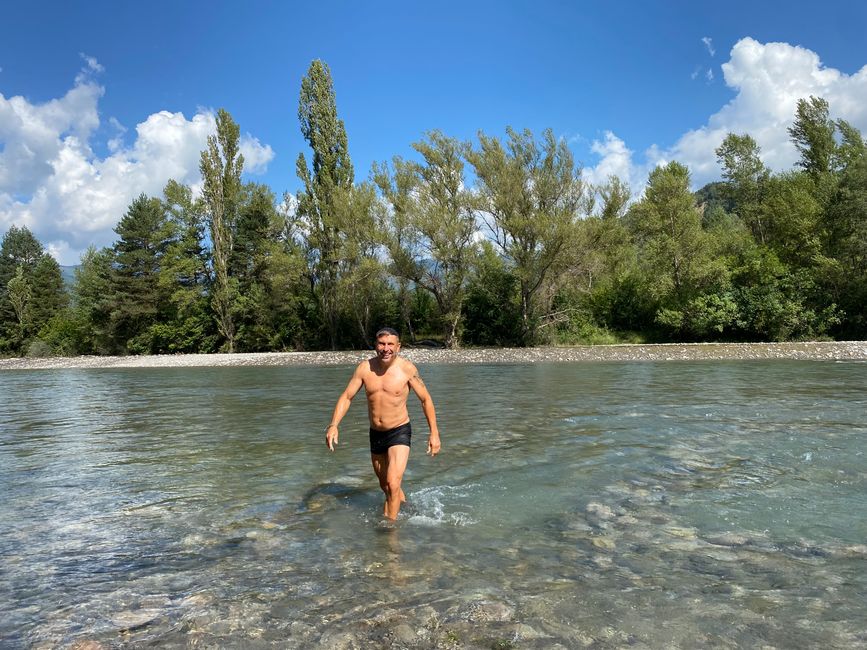
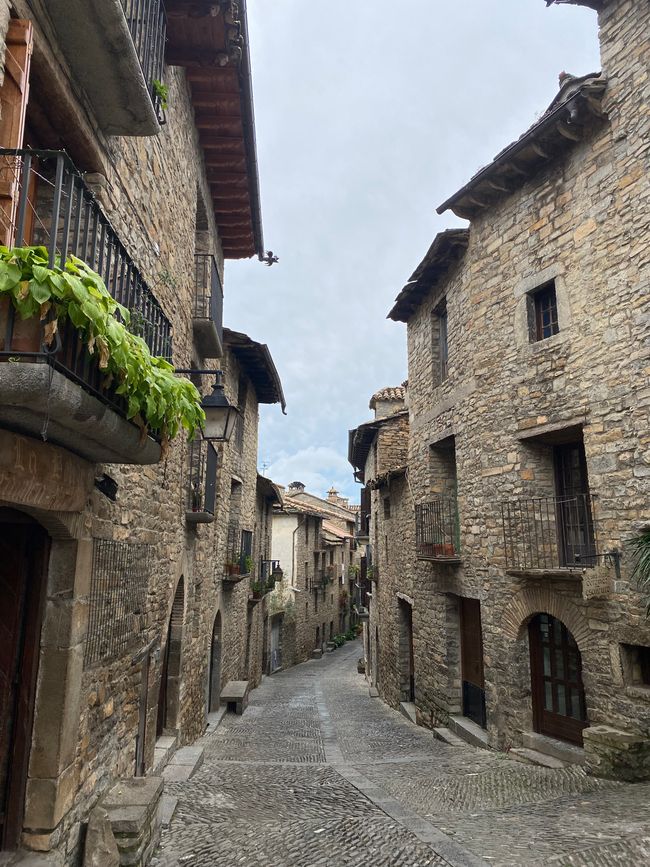
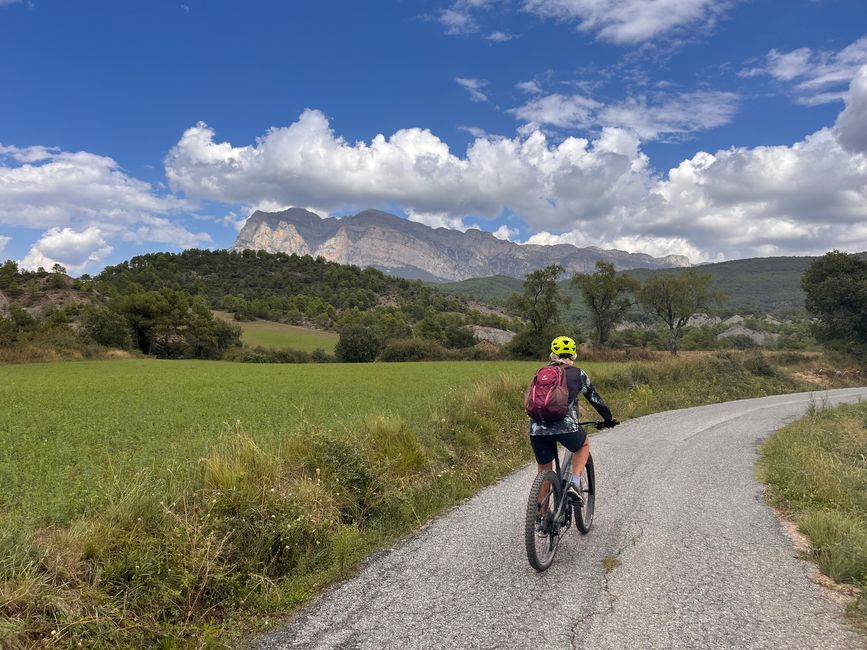
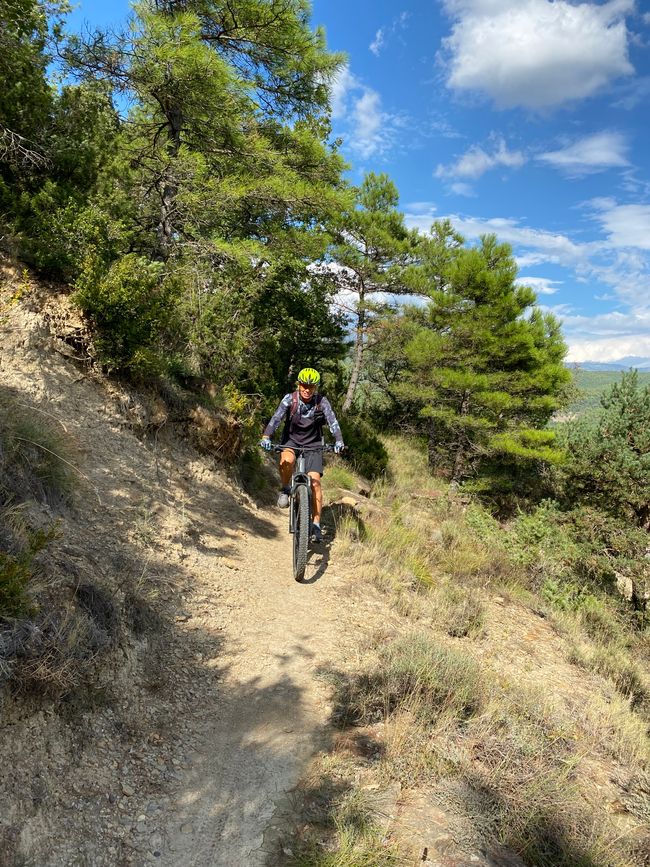
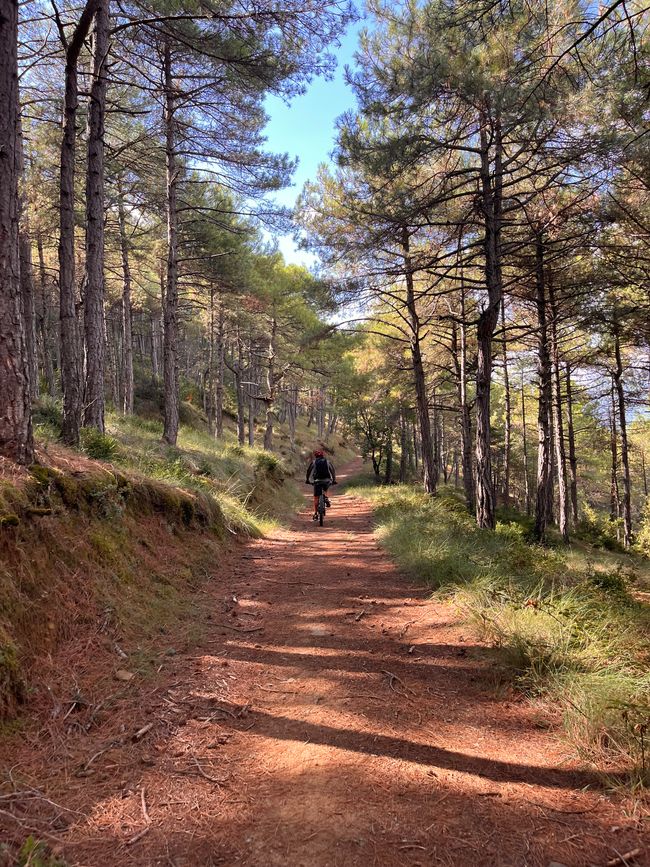
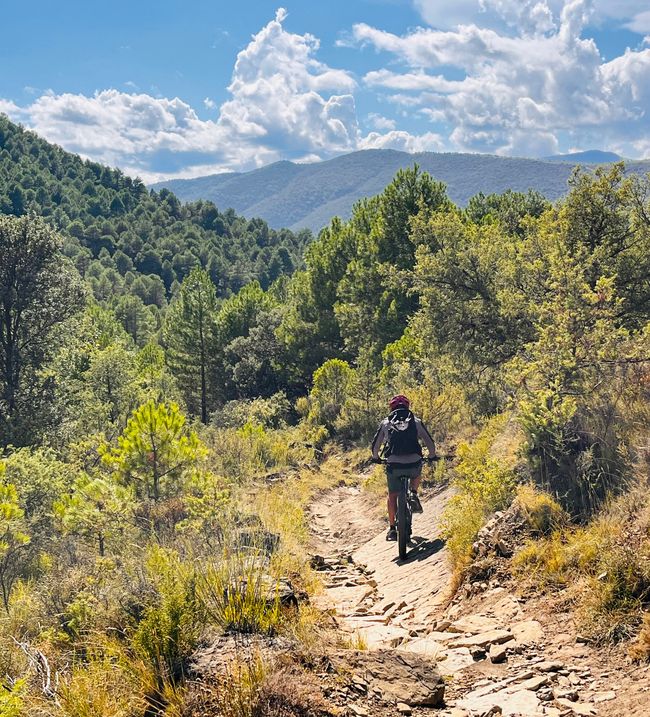
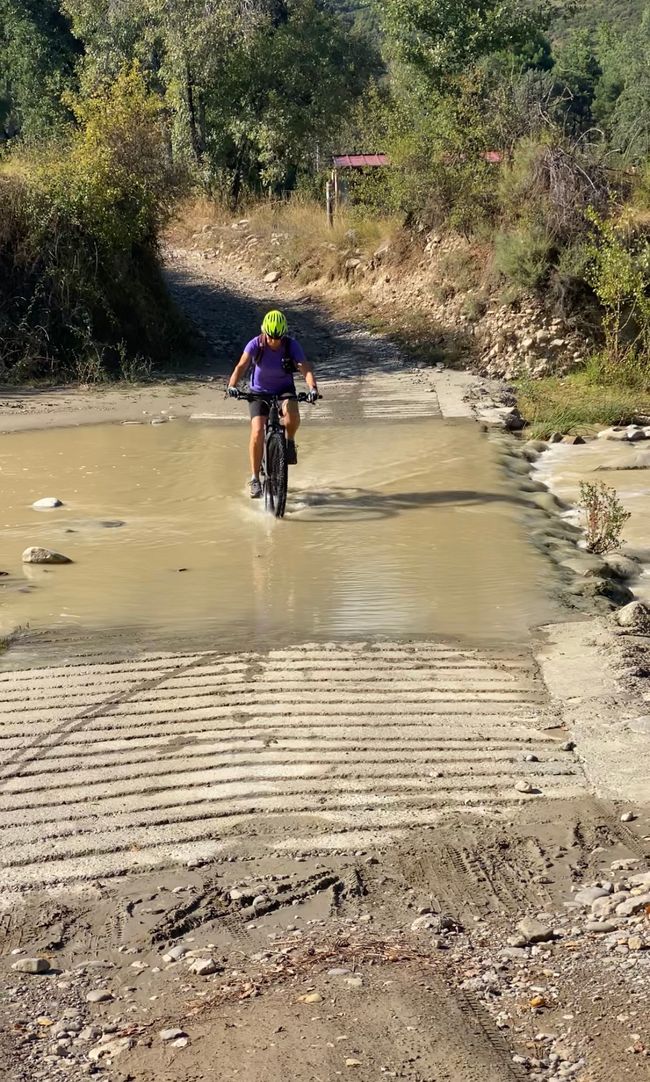
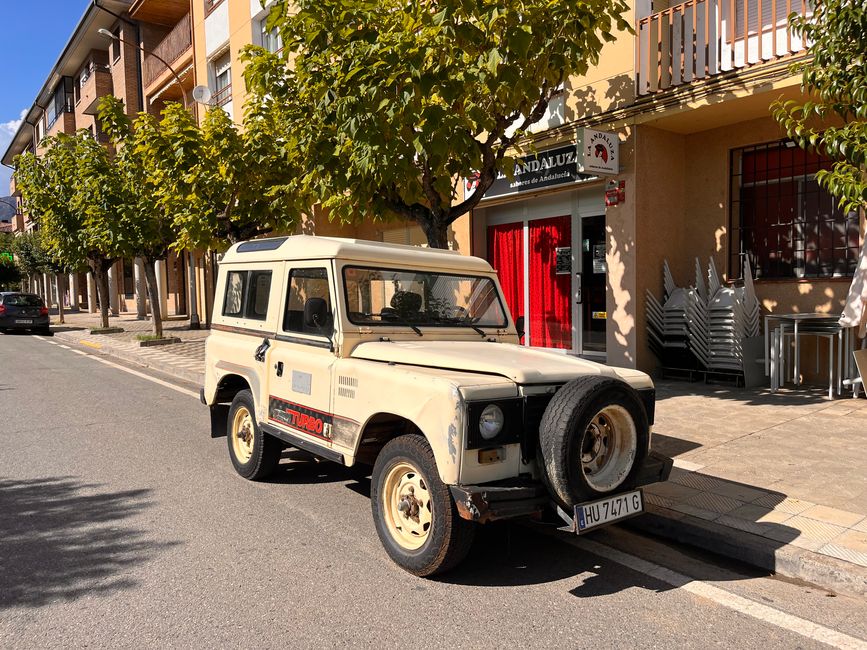
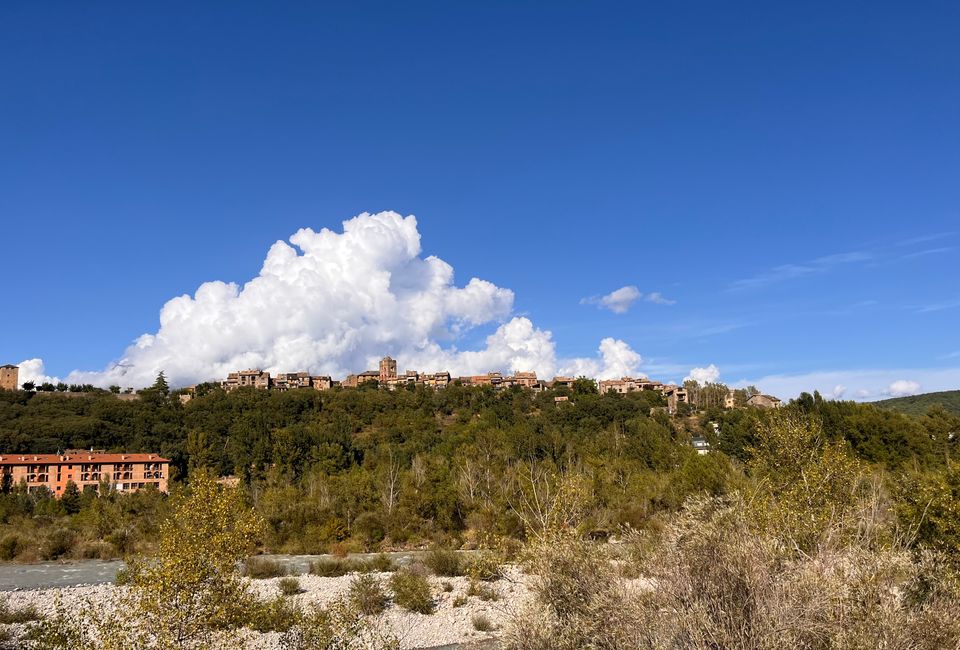
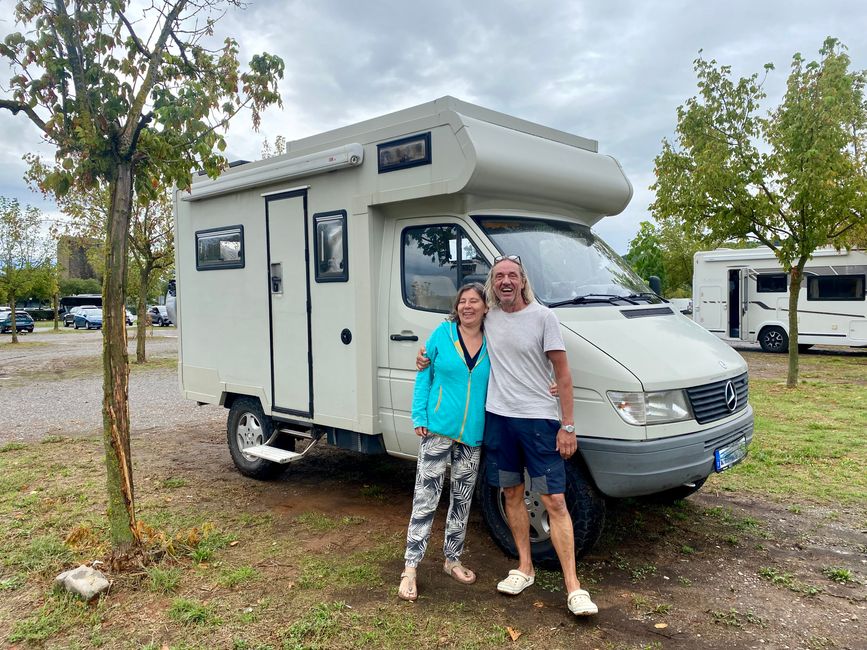
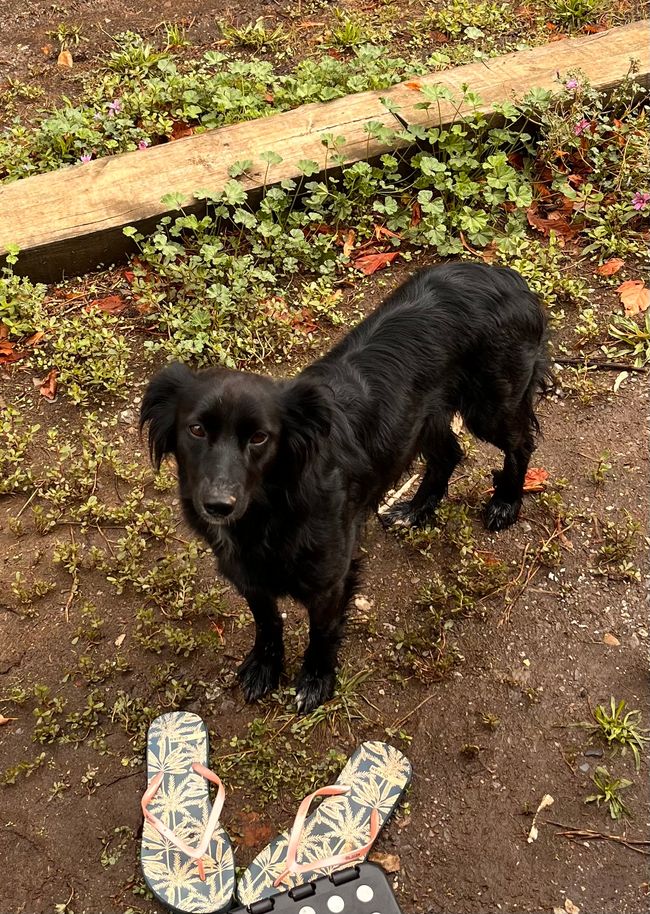
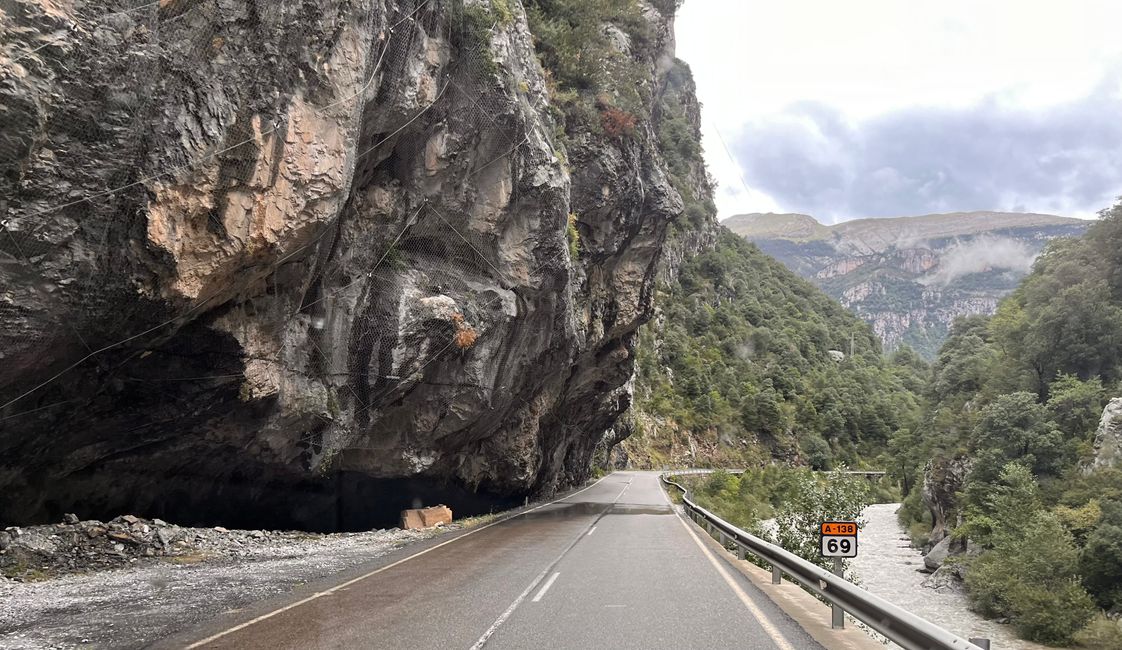
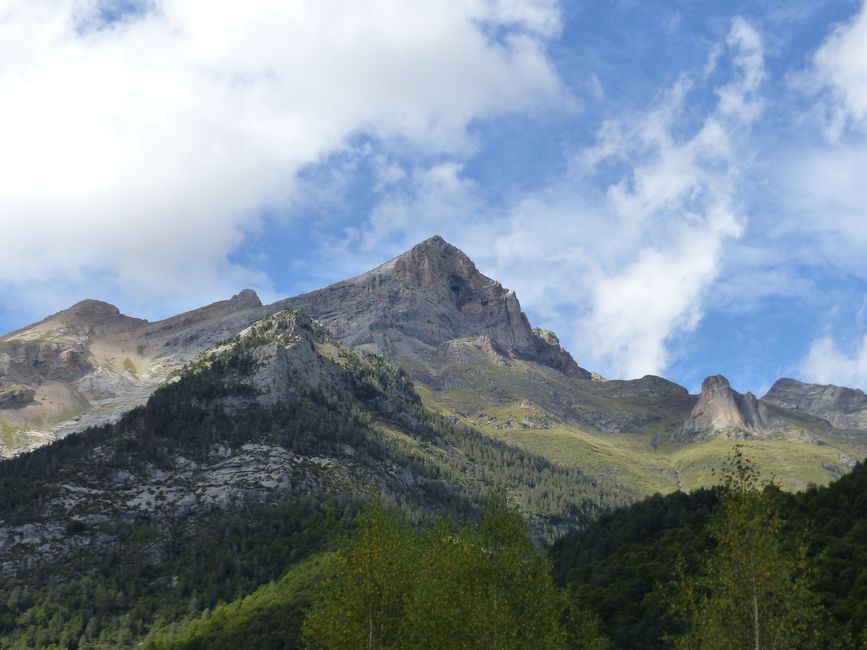

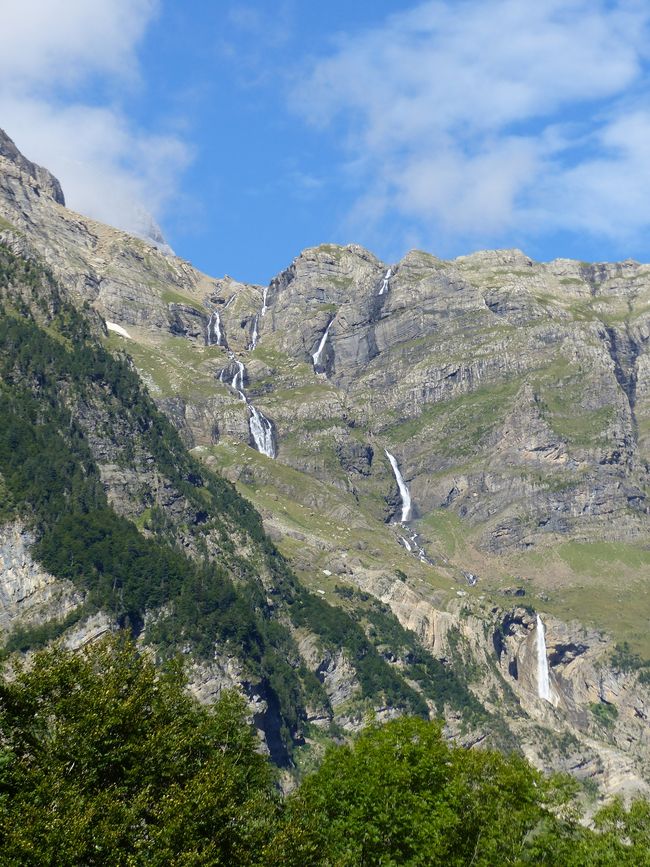
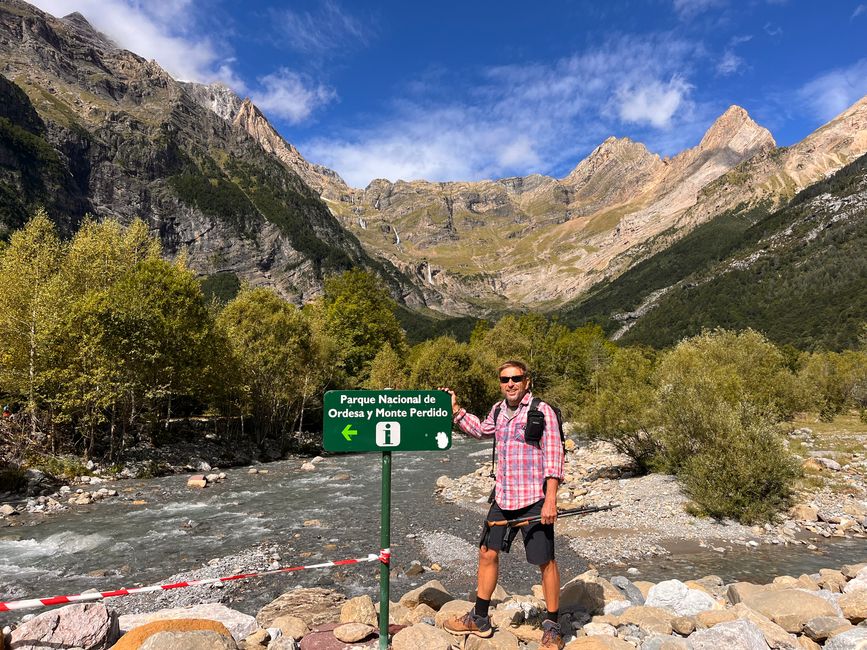
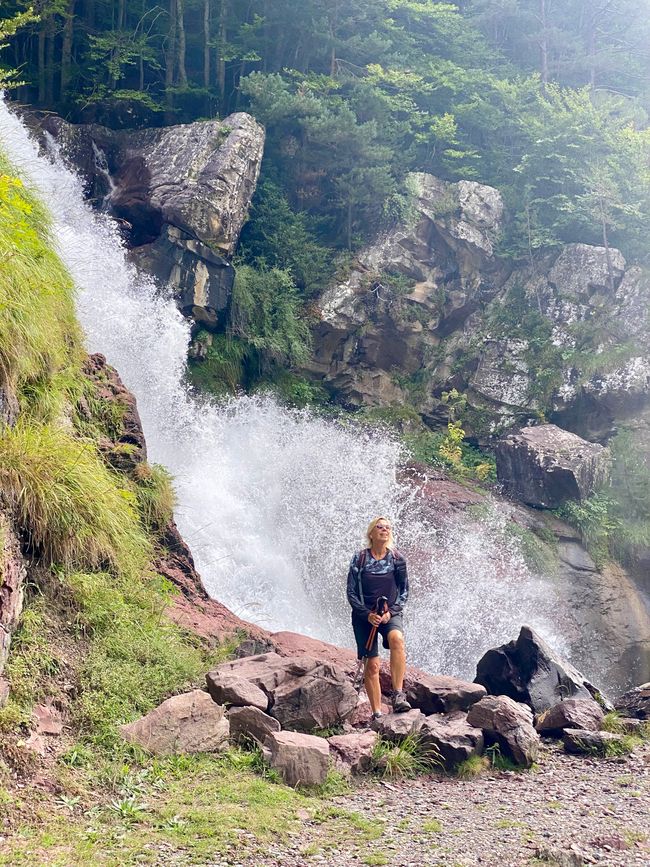
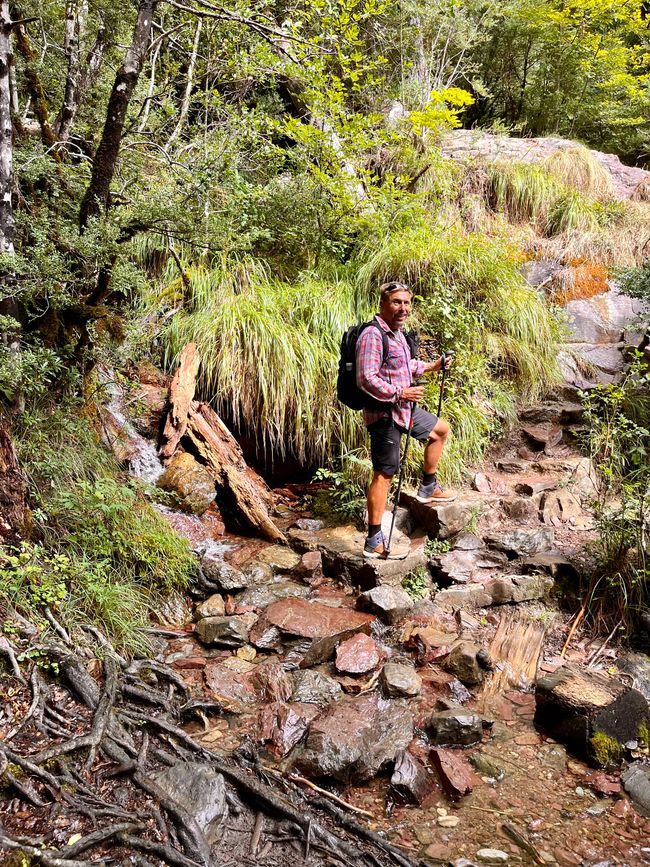
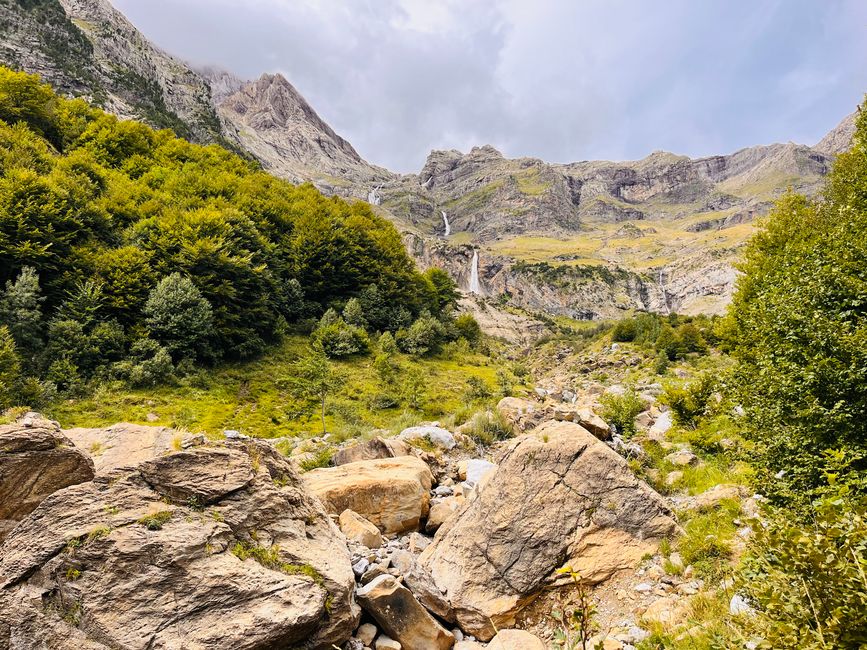
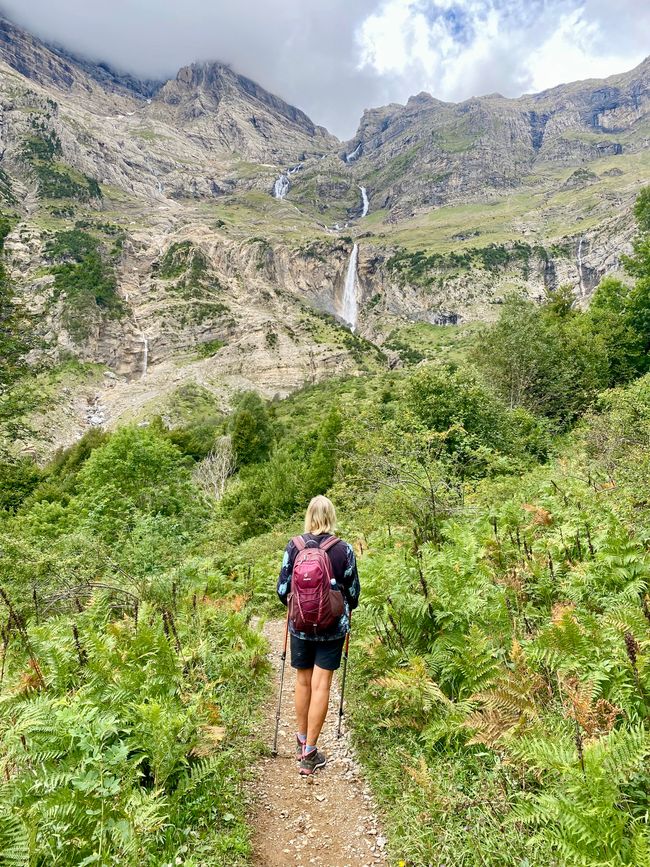
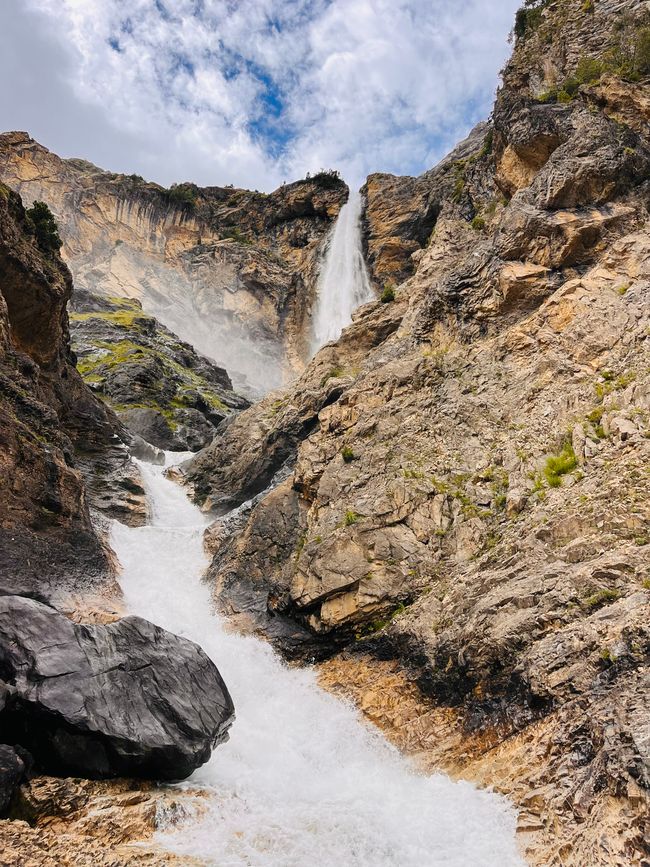
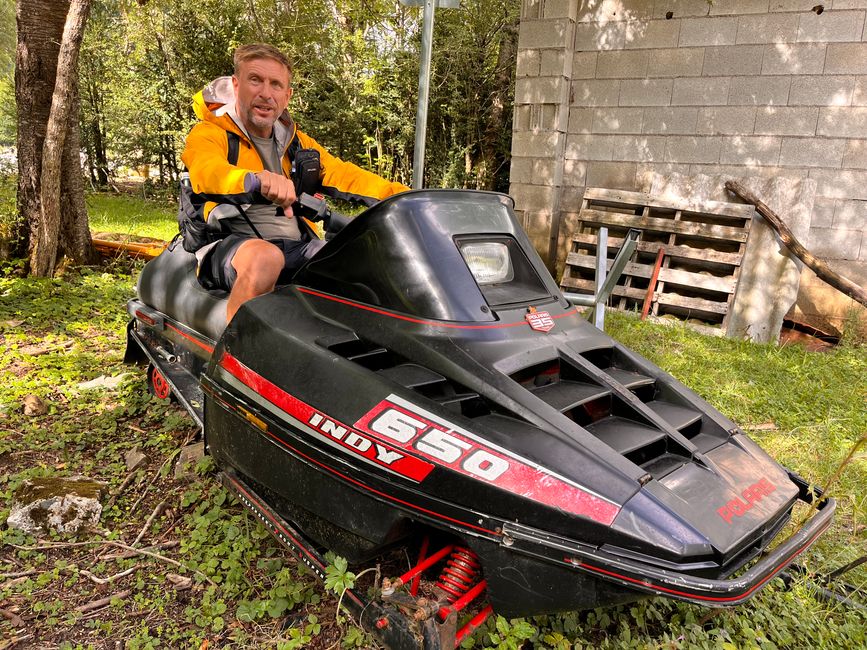
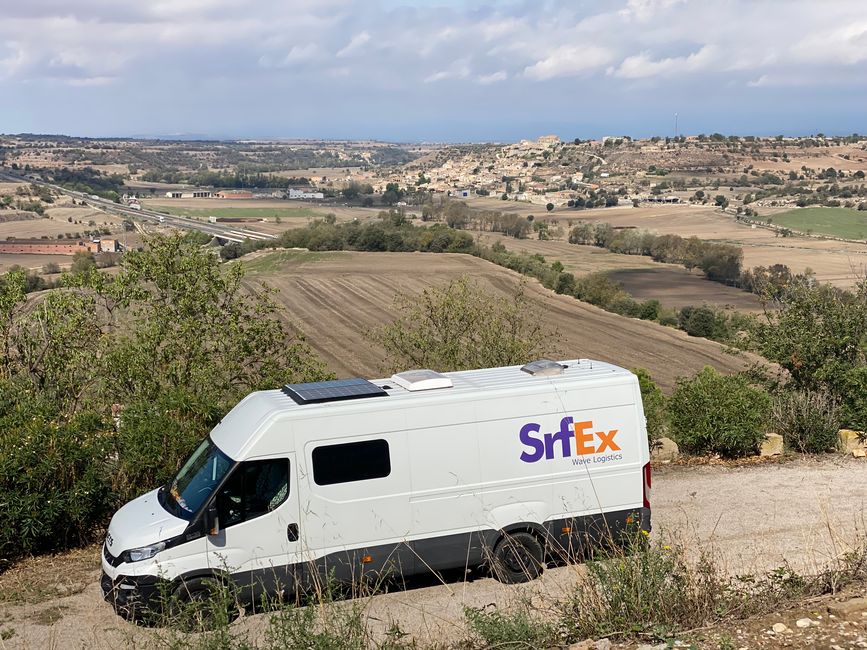
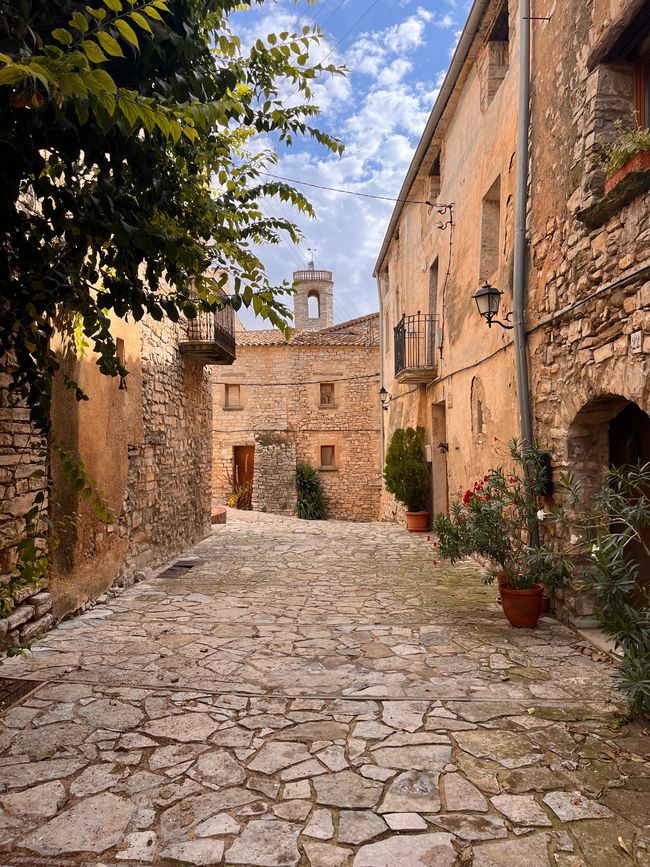

Pretplatite se na Newsletter
Personal Log Entry from the houseboat Betty HH-VX 717: It is the year 2024, August 31, 5:00 PM.
It is once again time to set sail for new shores. The surfboard just used in Hendaye is stored dry in the storage space under Betty's bed. For a few days, we will be relatively far from the sea. The route will take us along the Spanish Pyrenees from San Sebastian on the Atlantic to the Bay of Roses on the Mediterranean. The Pyrenees stretch here for a length of 430 km with over 200 peaks reaching up to 3,400 m. In the midst of the Pyrenees lies Andorra, the duty-free shopping paradise, which we will not visit for this reason.
Before heading to the Pyrenees, we plan a detour to the semi-desert Bardenas Reales located in the Navarra region. First, we will spend the night in an inconspicuous place called Falces, which resembles a ghost town. The special thing about Falces is that bearded vultures live and breed in the rock face directly behind the town. And right in the morning, we can see them from the van as they circle in the thermals above the town and rest on the rocks. We never thought the vultures would come so close to humans. Very impressive. The vultures will accompany us all the way to the Mediterranean!
The semi-desert Bardenas Reales covers an area of 415 km² and consists of sand, limestone, and clay. Erosion has created a bizarre landscape here, one that one would never suspect to find in Spain, reminiscent of Monument Valley in Utah. A large part is closed to the general public as a national park; conveniently, there is a 40 km loop on a gravel road that can be used without a 4x4 (in dry conditions). It is hot, dry, and windy. We are quite lazy and drive the loop motorized and air-conditioned. Comments on the internet have warned that there are many 'biting monsters' in this desert. And indeed, just as we briefly grab a map of the loop from the visitor center, Susi gets bitten by something resembling a horsefly on her shoulder in front of the van. It hurts like hell, and she will feel the sting or bite for weeks afterward. The loop itself goes through a varied landscape, where various Western or desert films could be shot. At the end of the loop, the famous Castil de Tierra rises. Here, we take beautiful 'Insta-Pics' of Betty with this funnel-shaped sandstone monument in the background during a moment free of people and cars.
Now we really head into the Pyrenees. Since we will only be in the Pyrenees for a few days (those who know us are aware that we are drawn back to the sea after only a few days), we have decided to take a relatively central location called Ainsa as our starting point. We slowly make our way from the lowlands into the mountains, until we end up on the small, winding country road N-260, which leads high above the Rio Ara. At a Mirador, we discover a deserted village deep below us (very common in the Pyrenees) with a rotten suspension bridge over the raging river and swimming opportunities. Betty must go down the steep gravel path, which she does well! The water is clear and very cold. However, we have become quite tough and rinse off the desert dust. Cooled off and refreshed, we continue a few kilometers to Ainsa, which turns out to be quite a tourist center. We did not expect the Pyrenees to be so developed for tourists, but why should it be any different here than in the Alps? In a parking lot above the old town located on a small hill with a great view, you are allowed to park (for a small fee). The region around Ainsa is also known as a mountain bike paradise 'Zona Zero' (thanks to Sascha & Zhaoyang for the tip!). We quickly jump on our bikes. We follow a well-developed trail, which initially leads us steadily uphill by 540 meters in altitude, until we descend back into the valley via some nice and flowy trails. After a three-hour tour, we are ready to relax. Luckily, the storm with heavy rain warnings for the evening is not as dramatic as forecasted. Nevertheless, the next morning, the rivers that converge near Ainsa are significantly swollen and no longer crystal clear, but muddy and turbid. We visit the nature conservation center of Ainsa, where three supposedly unfit-for-freedom bearded vultures spend their existence in a relatively small aviary. Well, if the entrance fee is used for good causes... Since the announced thunderstorms keep getting pushed back, we set out again with the MTBs. This tour is challenging and technically harder than the description suggests. But when it gets too steep uphill or downhill, you can always just push ;-)
On the parking lot, there is a cute expedition vehicle with Freiburg license plates. We start a conversation with the crew, Thomas and Christine, and arrange to meet in the evening for a glass of wine. The two are long-term travelers, they have traveled a lot around the world, and among other things, they have been to Morocco multiple times. They are very enthusiastic about this travel destination. We receive many tips and are once again encouraged that choosing Morocco as a winter destination was the right choice. The next morning, we take a tour of their 4x4 based on Mercedes Sprinter over a cup of coffee, and then we part ways again, not without having mutually invited each other to Hamburg and Freiburg. Thank you both for your tips and the Morocco motivation!
Before leaving Ainsa, we stop at the camper van service and waste station. For some inexplicable reason, the self-cleaning mechanism of the facility starts when we are standing at the waste pit with the sliding door open. All the 'mess' from our predecessor comes rushing towards us. A considerable mess that results in a larger cleaning session for both humans and vehicle. The dark sides of van life...
After Ainsa, we continue deeper and higher into the highly scenic Pyrenees. Behind every corner, a mountain stream or waterfall waits to be discovered. The roads become lonelier, and the villages fewer. Our destination is Bielsa at over 1,000 m altitude, just a few kilometers from the Spanish-French border, which runs over a pass. We take the opportunity and cross the border in the rain, which gets stronger with every meter of altitude, through a tunnel. On the French side, the mountains are not as rugged, but rather have a gentle alpine character. Unfortunately, the weather is miserable, and we only have a short visit to France. In Bielsa, we treat ourselves to a camping site for the first time in a while. Not so easy, as many sites already close their doors for the season at the beginning of September! Our campsite is also quite empty. Attached is a simple hotel, where we have a very delicious, lavish 3-course meal, including bread, water, and wine (a whole bottle is placed on the table!) for only €20 per person.
The next morning, a sunny day is forecasted. We visit the Parque Nacional de Ordesa y Monte Perdido and its waterfalls. At the end of a green valley lies a U-shaped rock wall, approximately 2,000 m high. Here, the vultures circle again in the thermals of the rising sun, waiting for prey. Numerous waterfalls spring from the rock wall, almost at the mountain peaks, making this national park a unique natural spectacle. We scramble up about 500 meters in altitude against the waterfalls and rest in the cool mist of the roaring falls. We have never seen anything more impressive in the mountains before. Again, there is Spanish understatement, where nothing is touted as a wonder of the world. There are no barriers, no signs with a thousand rules, and only a few relaxed park rangers. Cost: €3 for parking... A must-see in the Pyrenees! By now, you can really feel autumn approaching. The temperatures at night in the mountains are already single digits, and we have pulled our warm sleeping bags out of the basement. Unfortunately, the weather forecast for the next few days is very mixed, and we decide to travel to the coast, more specifically the Costa Brava. Here at the Mediterranean, the Pyrenees end and take on a shape more like the Kasseler Berge.
On the way to the coast, we spend the night on a typical Spanish hilltop castle, which rises lonely from the plain at the level of Barcelona next to the A-2 highway. The approach to Montfalco Murallat is a bit tricky in the dark, but once you reach the top, there is a parking lot with a beautiful view (as we find out in the morning). In the morning, we take a short walk through the medieval castle complex, which contains a small village with a few houses that are all parts of the castle. Everything is beautifully restored but almost deserted. One more coffee in the van, and then the engine is started. We want to reach the Bay of Roses today, as according to the 'Windfinder' app, it might get windy there!
Conclusion on the Pyrenees: We previously only knew the Pyrenees from our trips to the Costa Brava, where you cross the French-Spanish border over a relatively flat foothill of the Pyrenees. We have only now learned about the high alpine character. Especially impressive were the countless waterfalls! For Susi, a 'waterfall-lover', it is a paradise. Ultimately, we have only scratched the surface of the Pyrenees. There is surely much, much more to see and discover!
Overall on the road: 228 days
Total distance traveled: 13,200 km
TO BE CONTINUED
Pretplatite se na Newsletter
Odgovor (1)
travelmisssanny
Freue mich sehr, dass ihr so begeistert seid von den Pyrenäen. Landschaftlich der absolute Wahnsinn. Wieder ganz toll nahe gebracht mit eurem Artikel.
Sehr gelacht über die "dunklen Seiten" des Vanlifes. Ähnliches haben wir auf den Lofoten erlebt aber noch rechtzeitig erkannt. 😂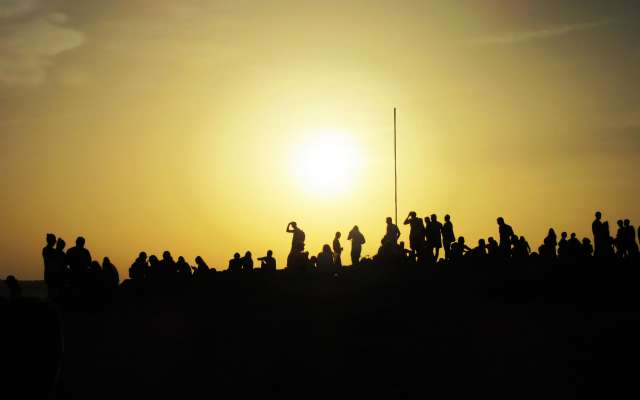
Izvješća o putovanju Španjolska
